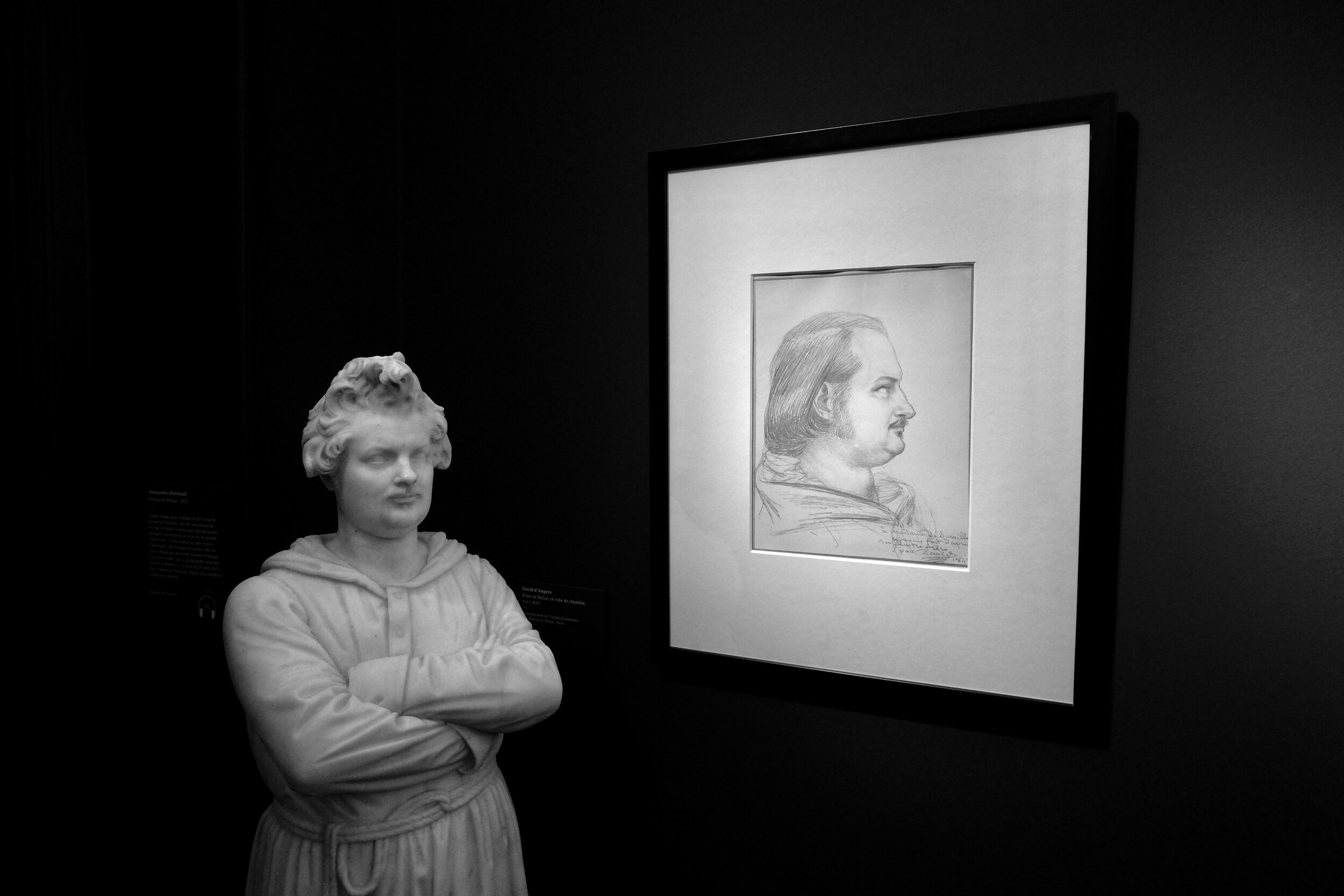In Paris, a small museum that tells a big story.
La Maison de Balzac in Passy is where the great 19th century novelist Honoré de Balzac (1799-1850) lived towards the end of his life and created memorable works, including 'La Cousine Bette'. On display are the famous bust by Rodin and other representations of his unmistakable burly face and figure - including the only known photograph, a Daguerreotype taken in 1842.
Pumped with coffee (his pot and cup are also on display) and often dressed in monks’ robes, Balzac wrote for up to 15-20 hours a day - starting always at midnight. The desk in his office witnessed, as he put it, 'my thoughts, my anxieties, my miseries, my distresses, my joys, everything!’ So central to his creative process was this small piece of furniture that Balzac bequeathed it to his lover Ève Hanska, who became Mme de Balzac only a few months before his death…
Balzac was a pen-and-ink literary machine, writing dozens of novels and numerous plays. Once he completed his drafts, they were typeset and returned for corrections, which he scrawled in handwriting almost unreadable - some novels went through as many as 30 drafts in this near-obsessive process. ‘Perpetual work,’ he wrote, ‘is the law of art, as it is the law of life… great artists and perfect poets wait neither for commissions nor for purchasers. They are constantly creating - today, tomorrow, always.’
Currently the museum features quirky illustrations of Balzac by the Spanish artist Eduardo Arroyo (1937-2018). Click on the images for full-frame view.












